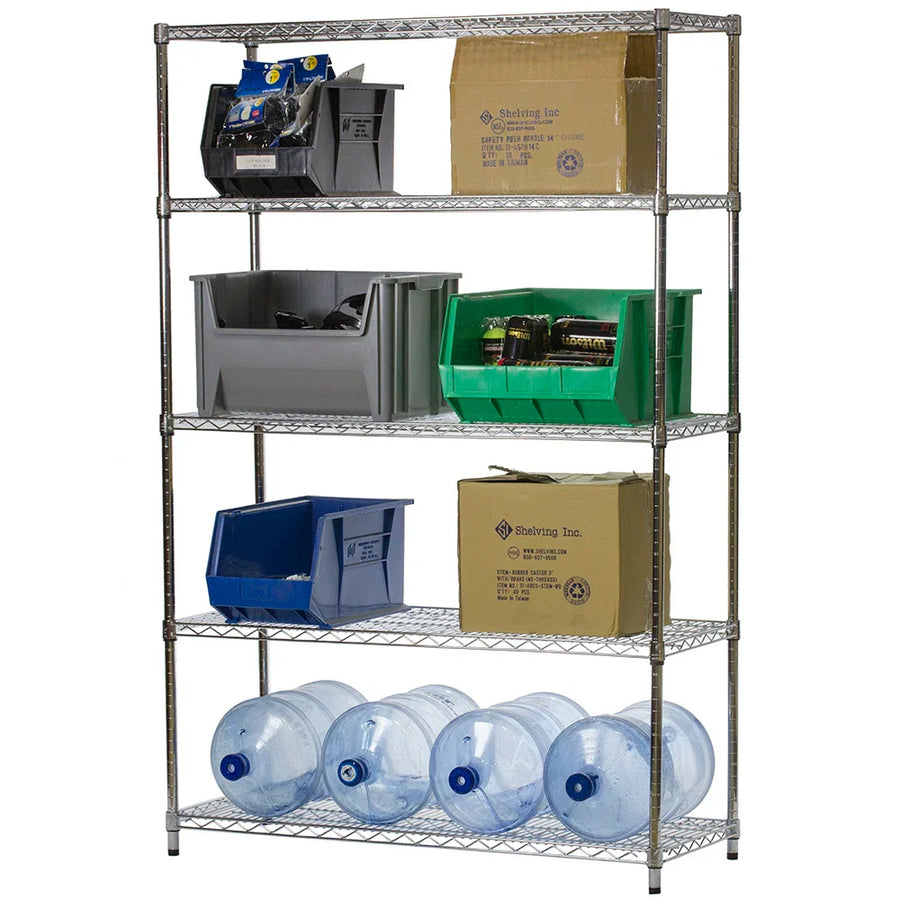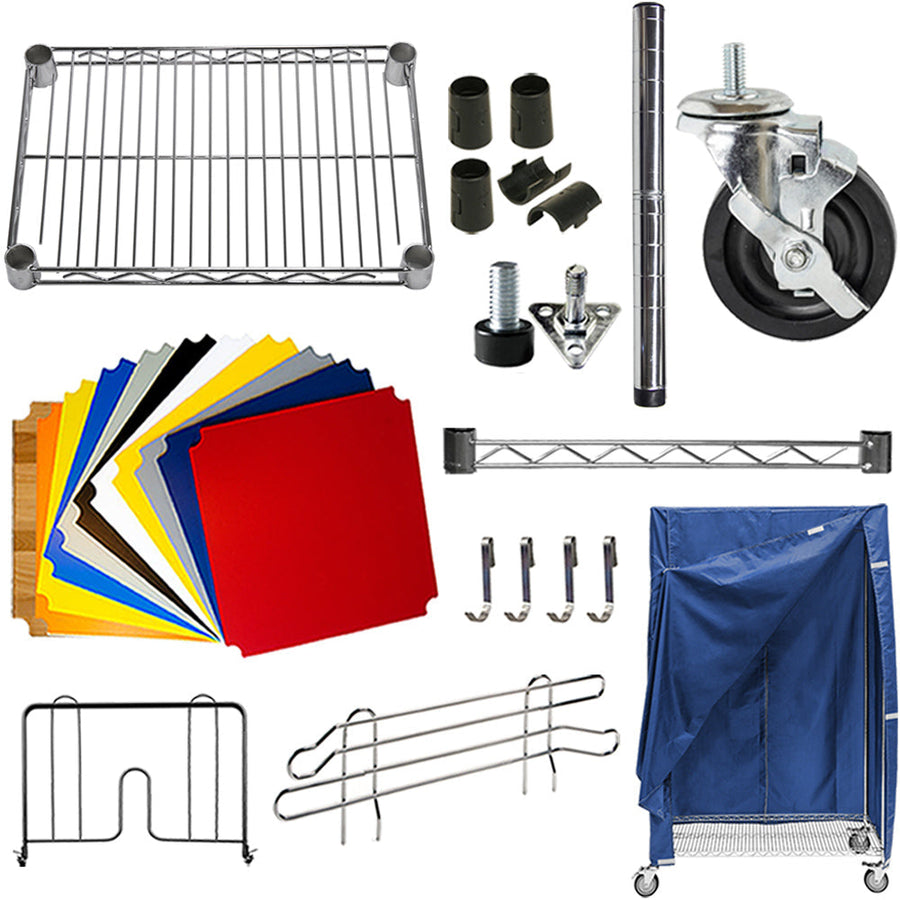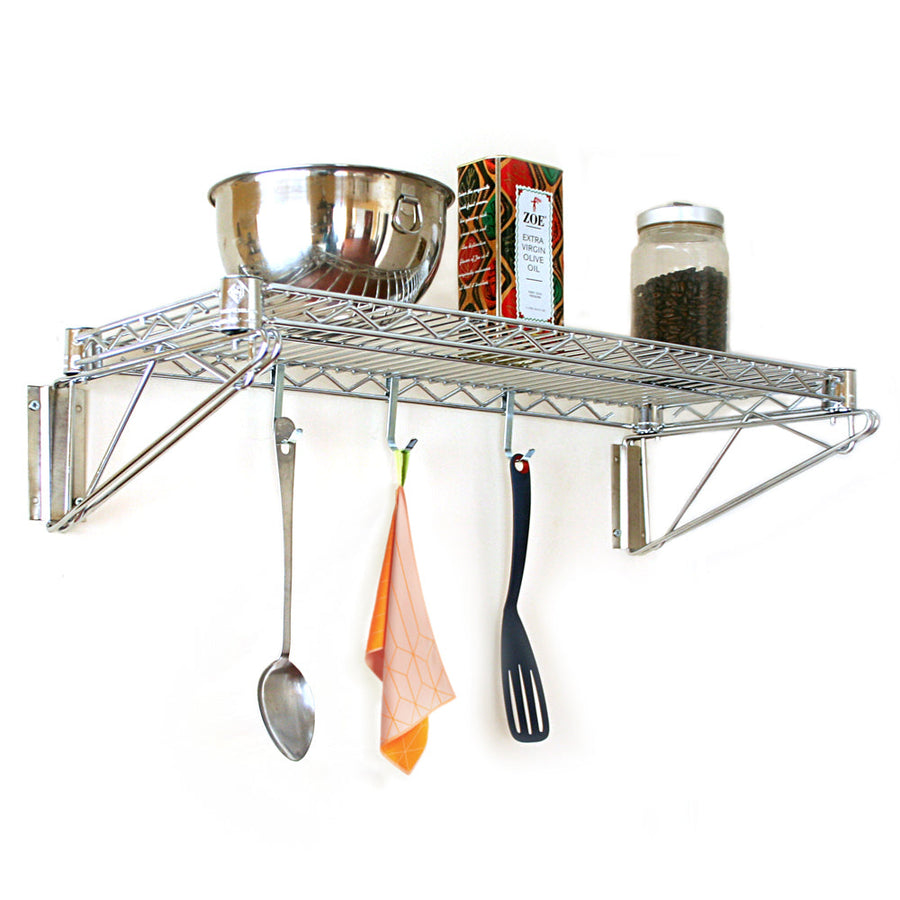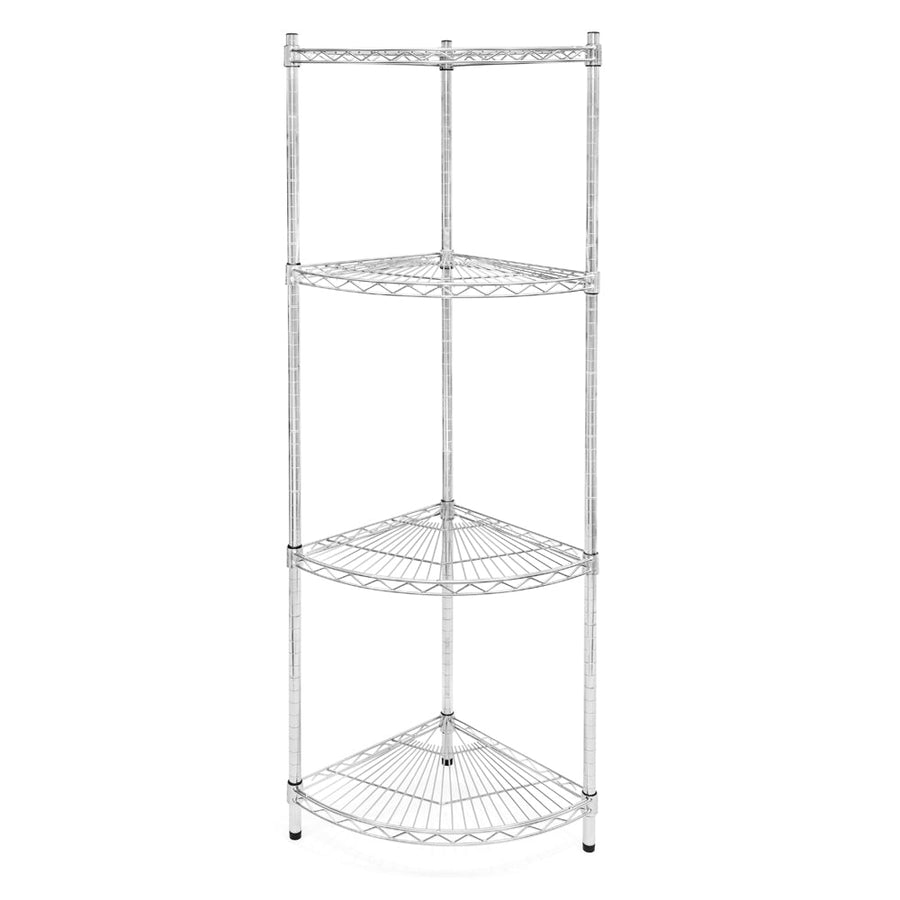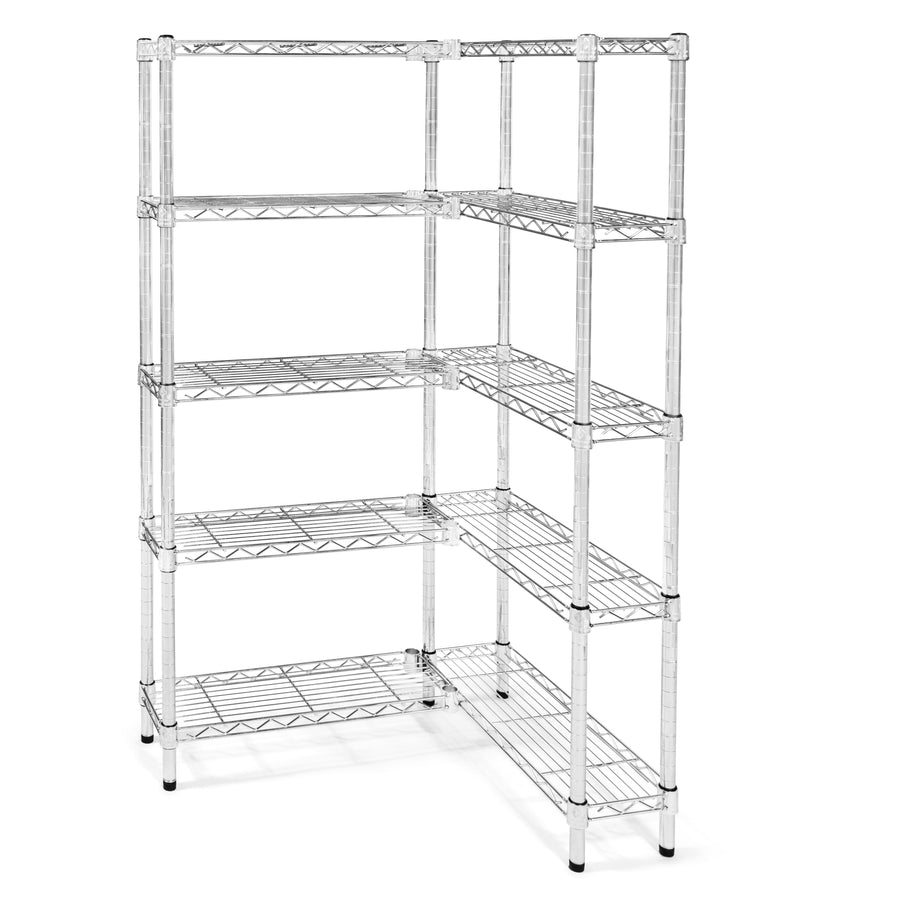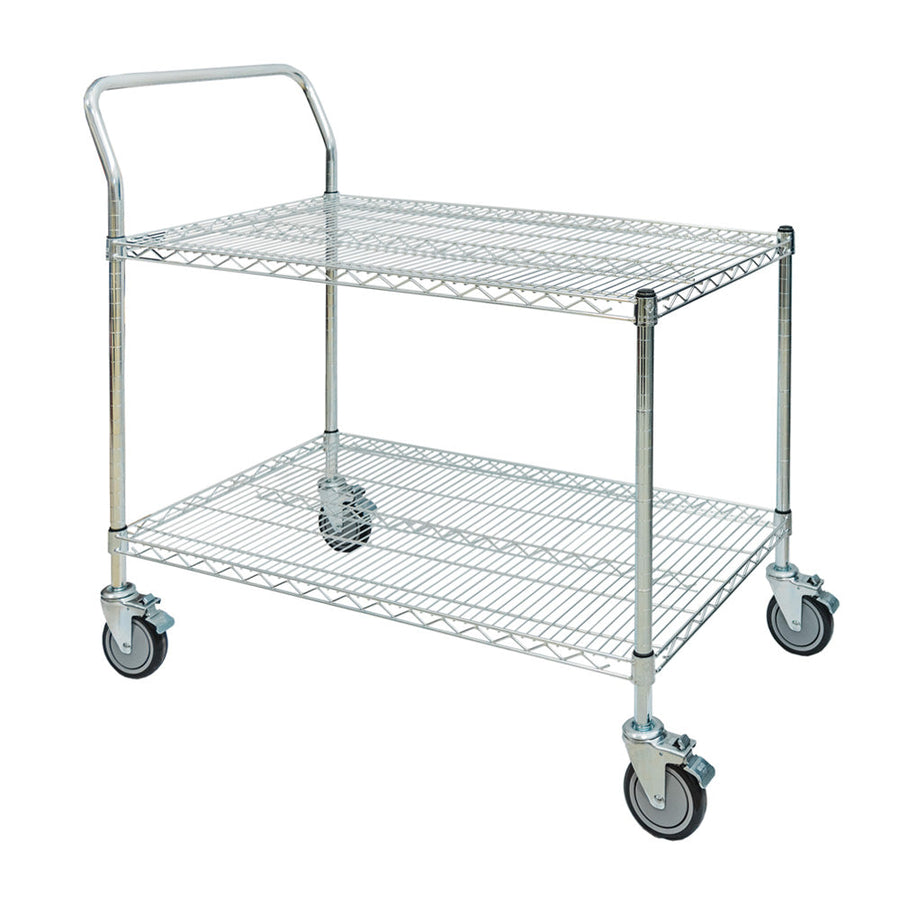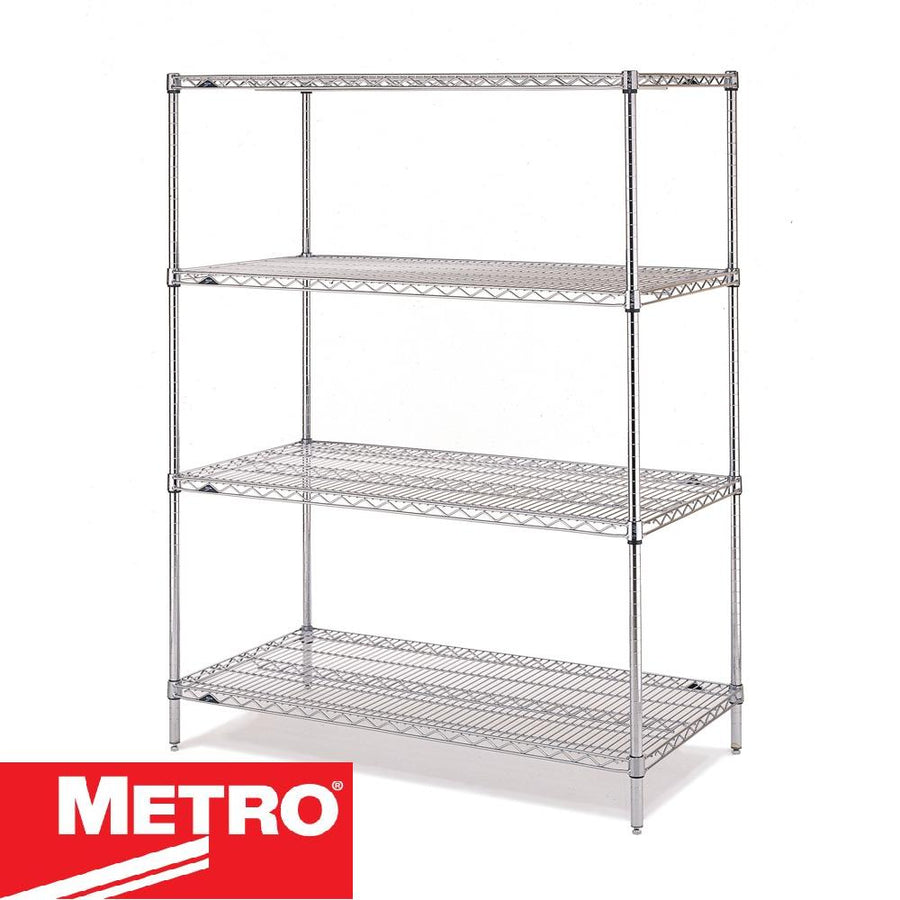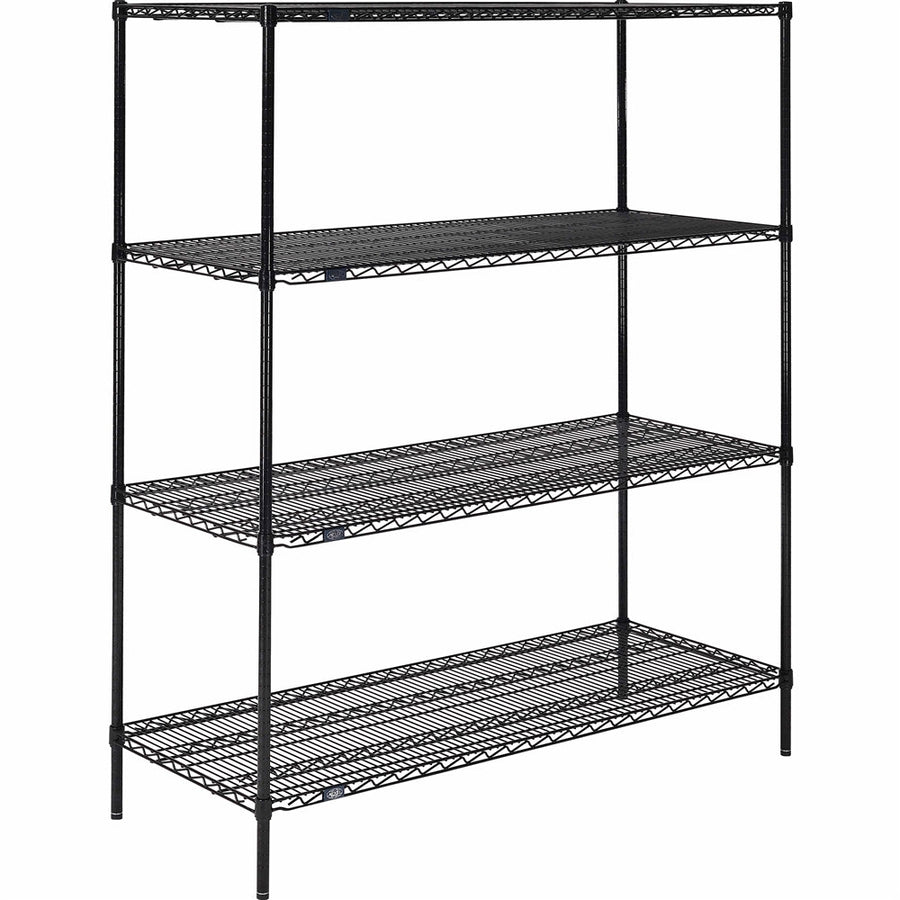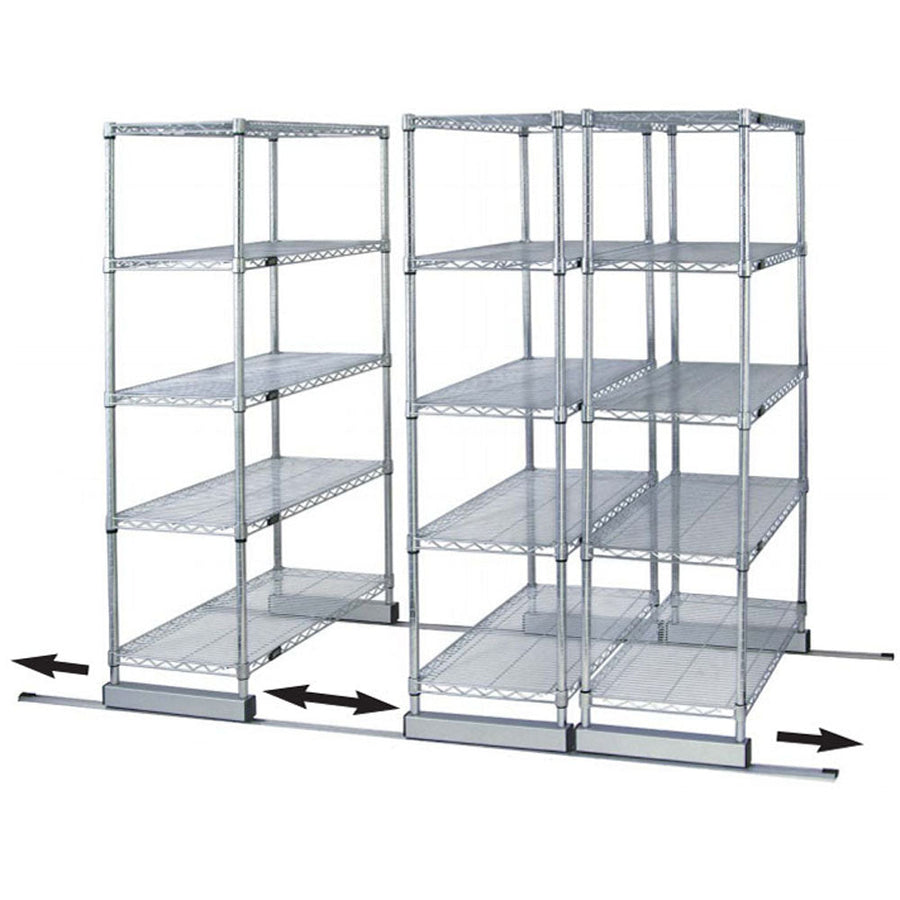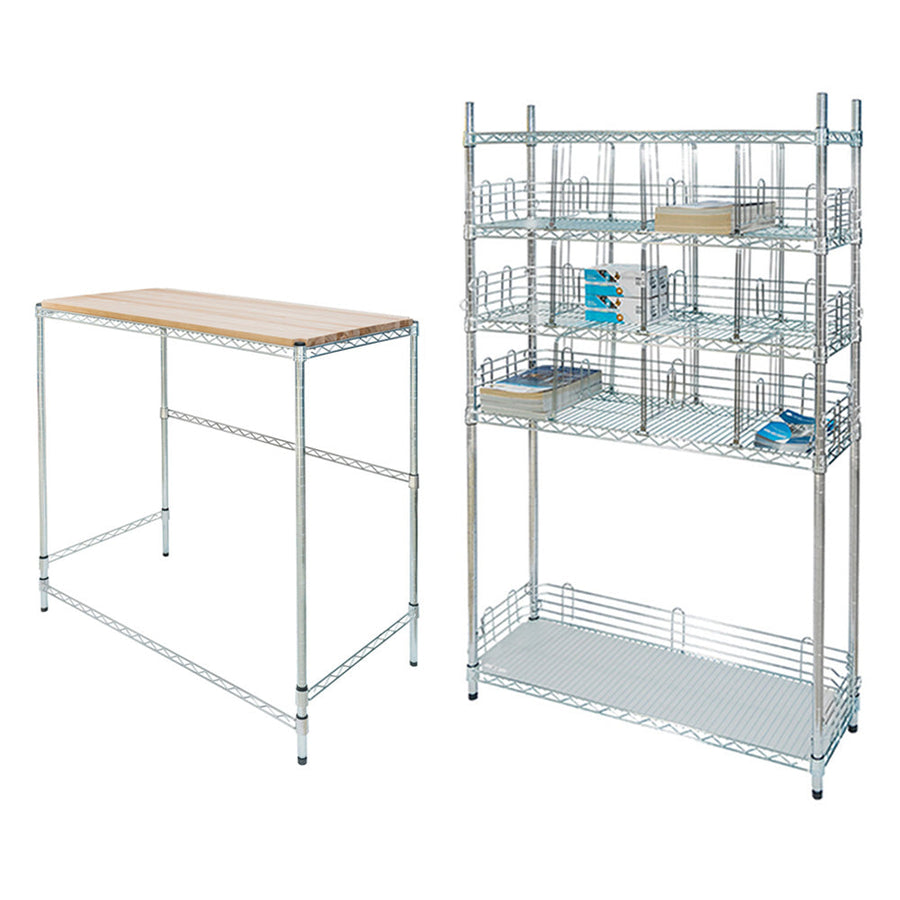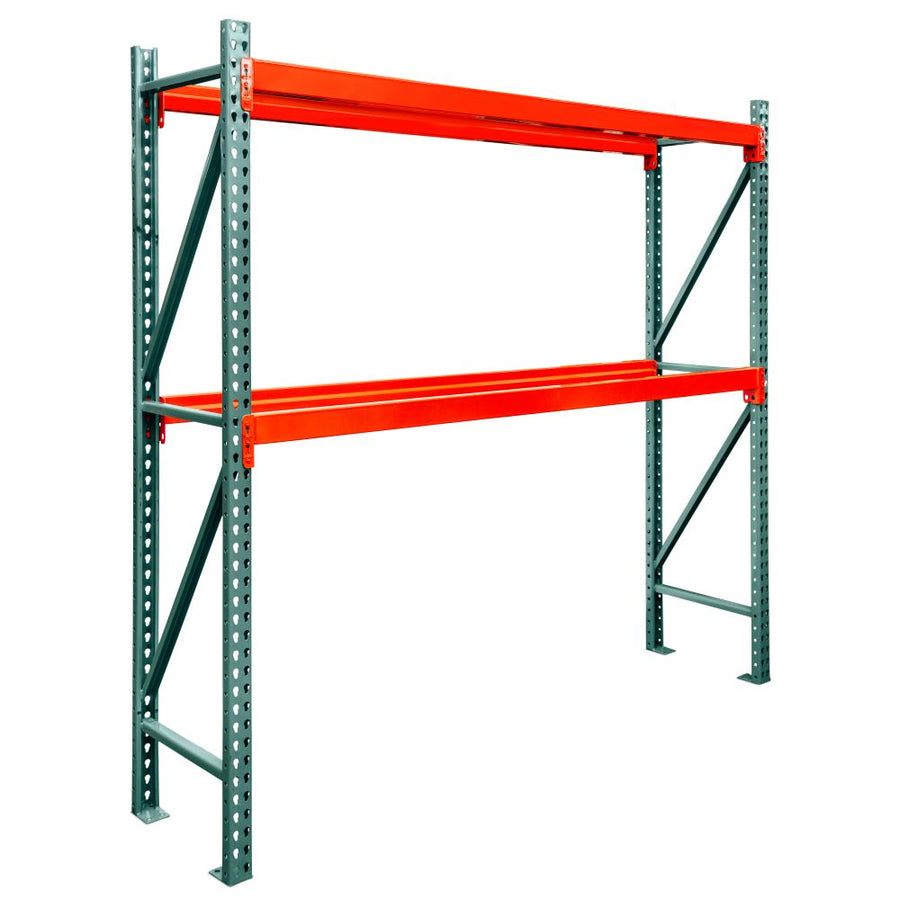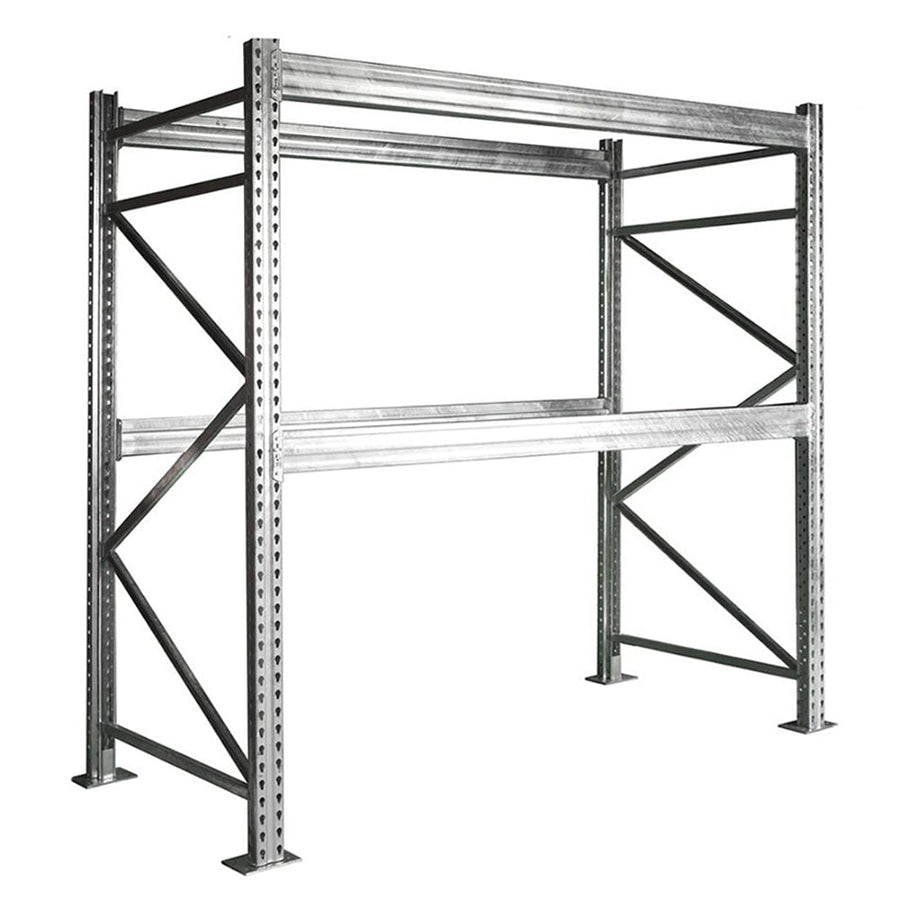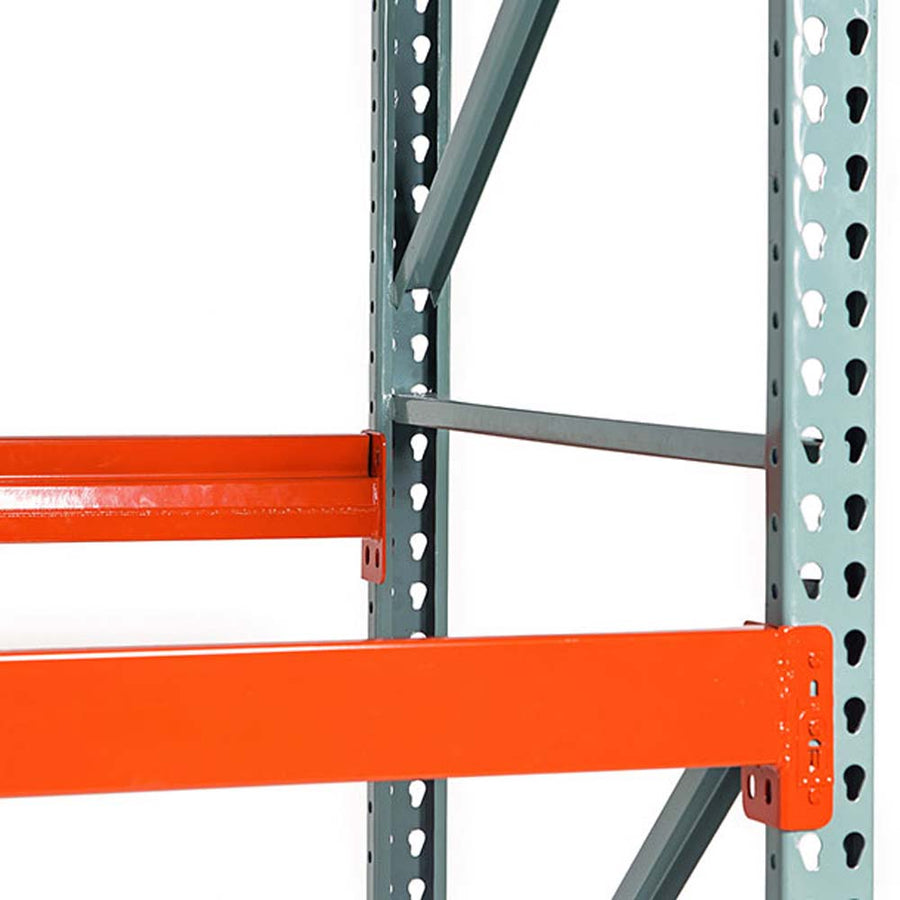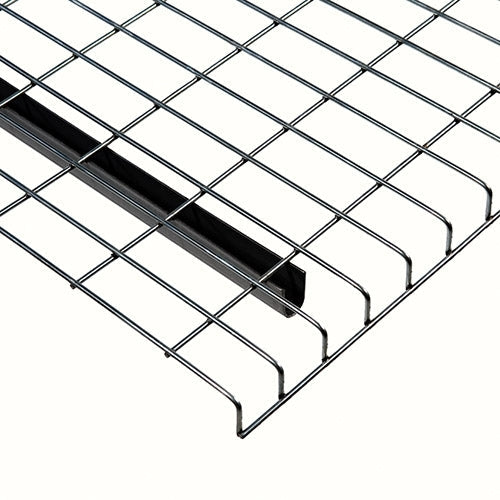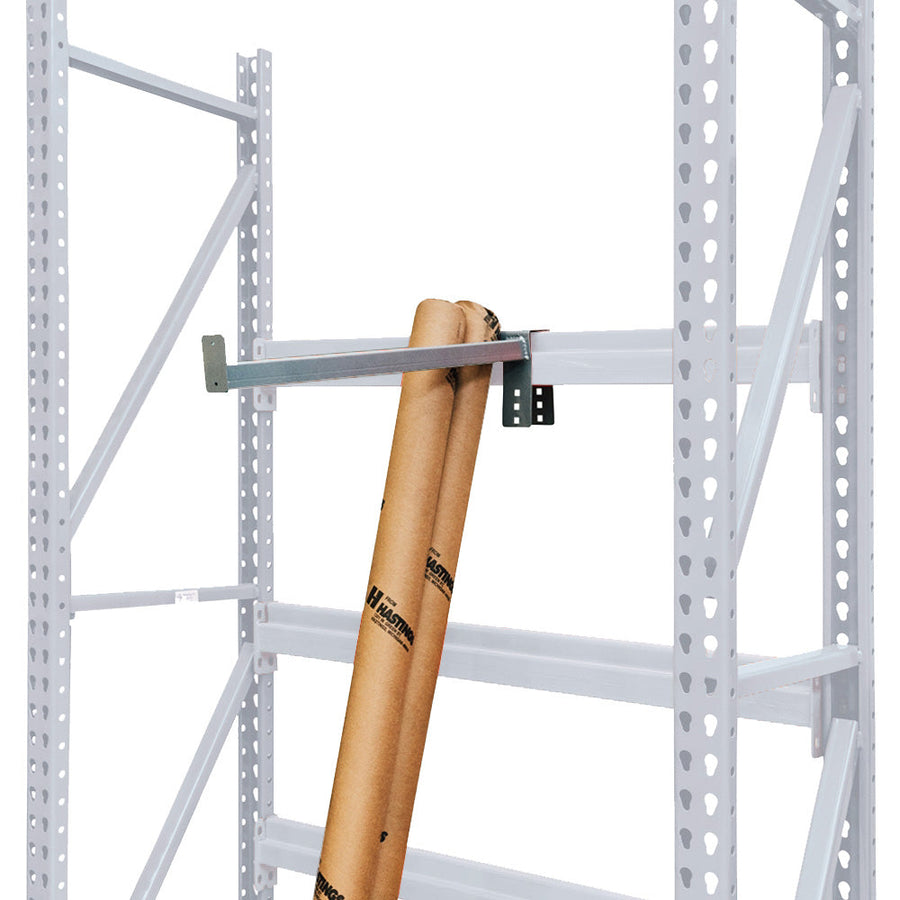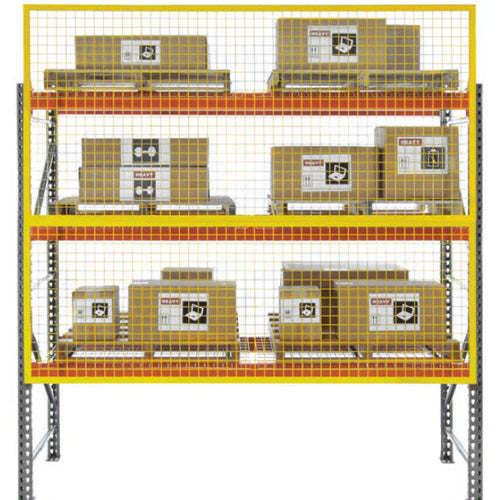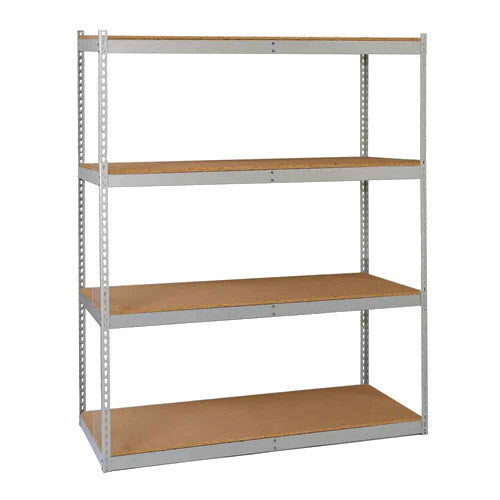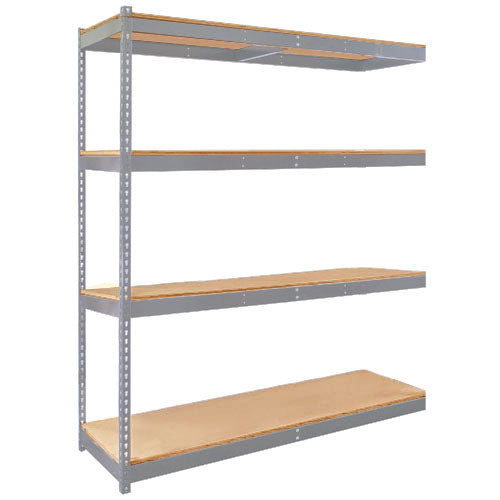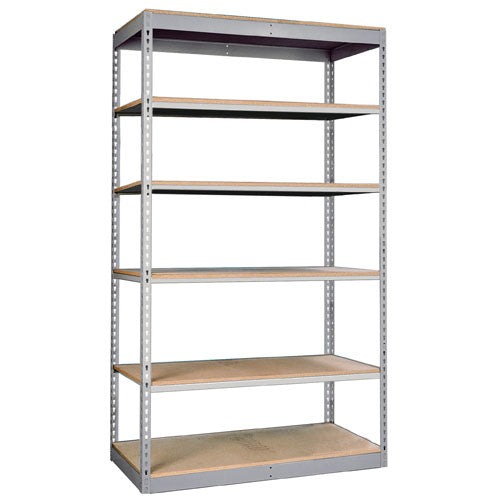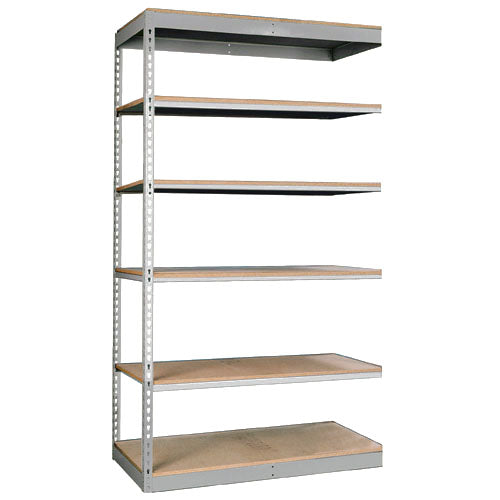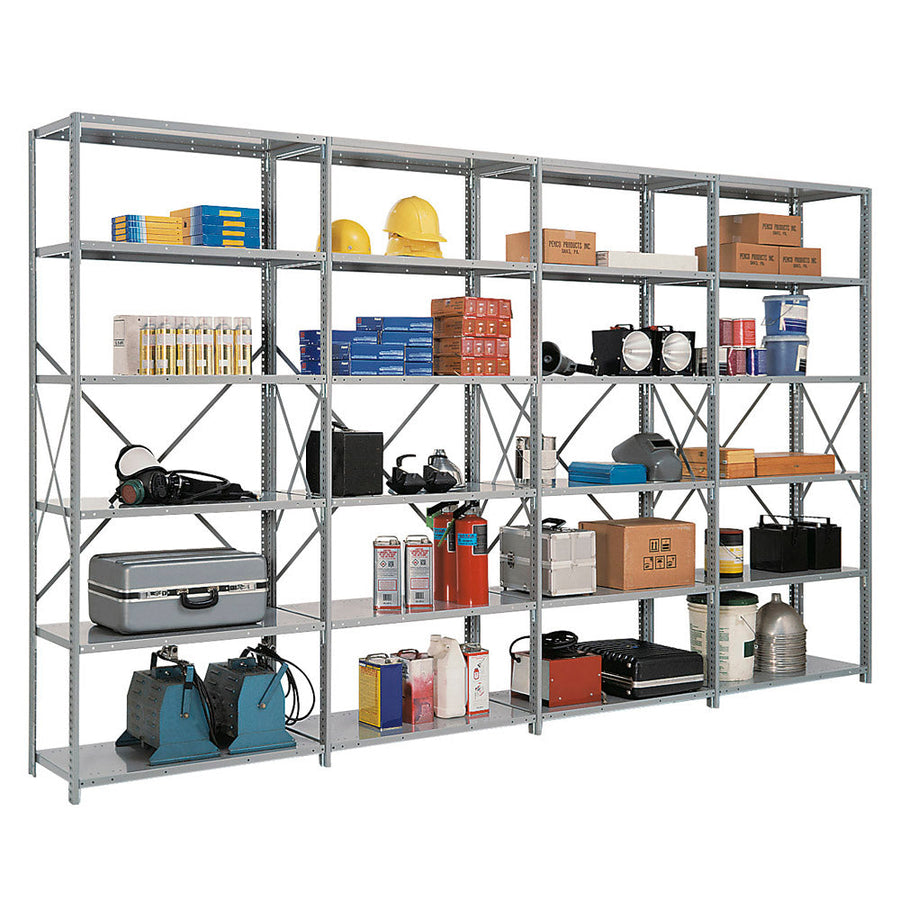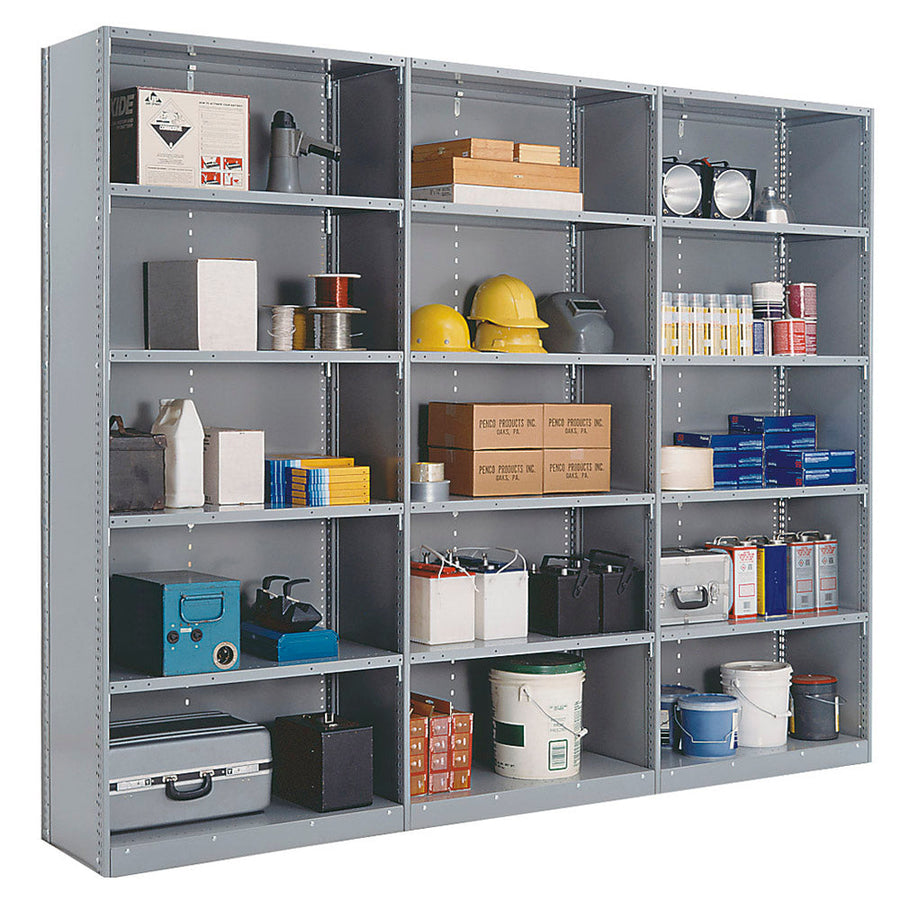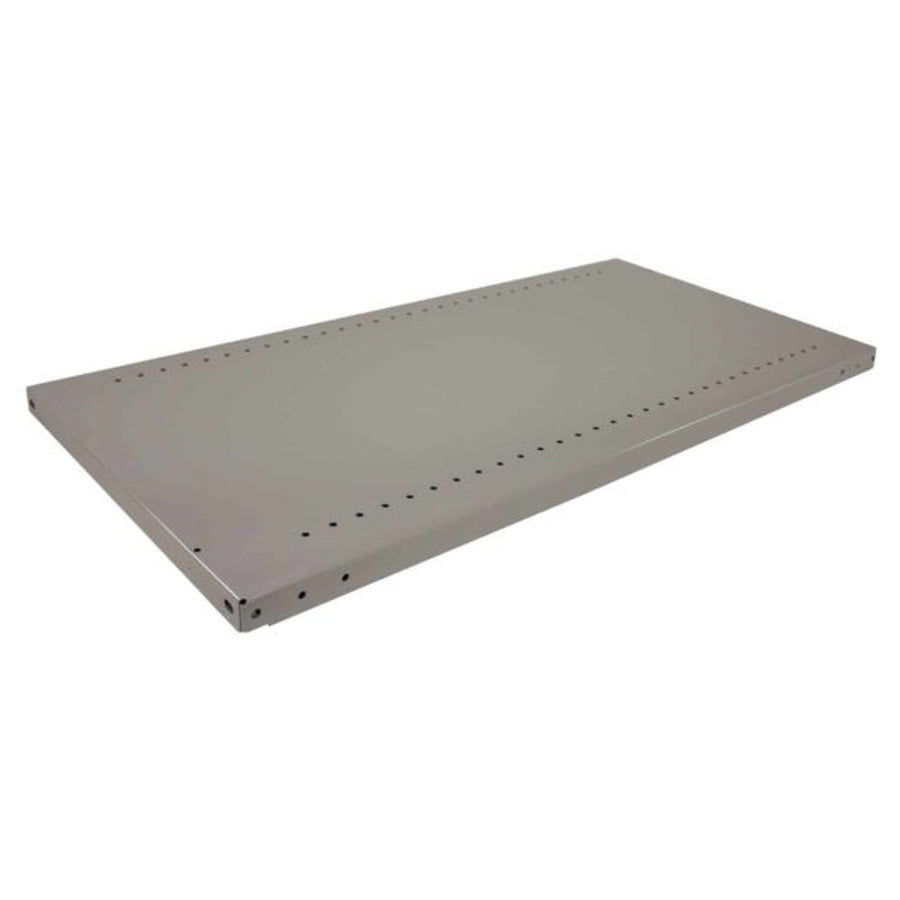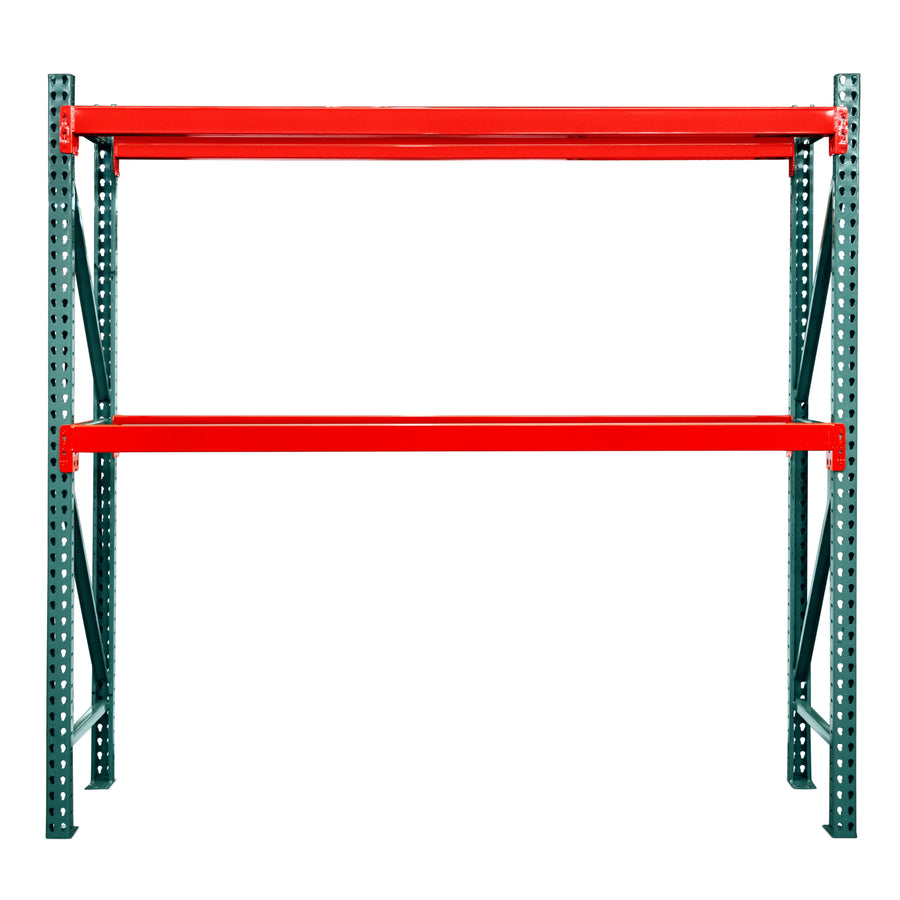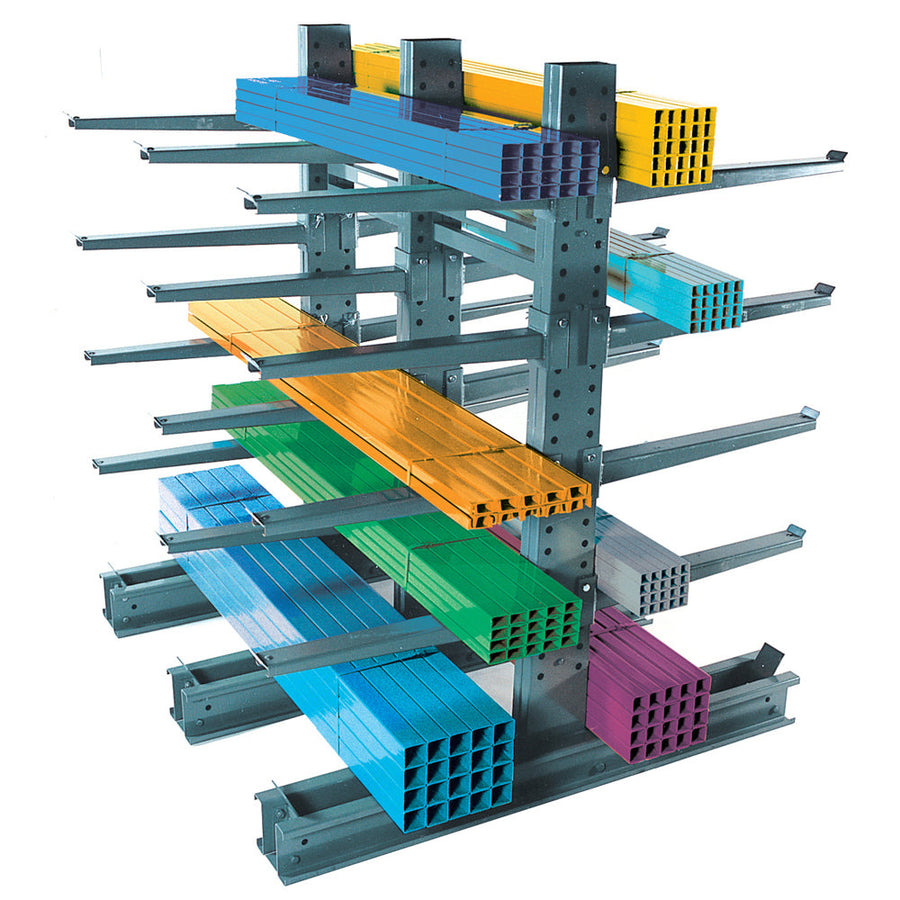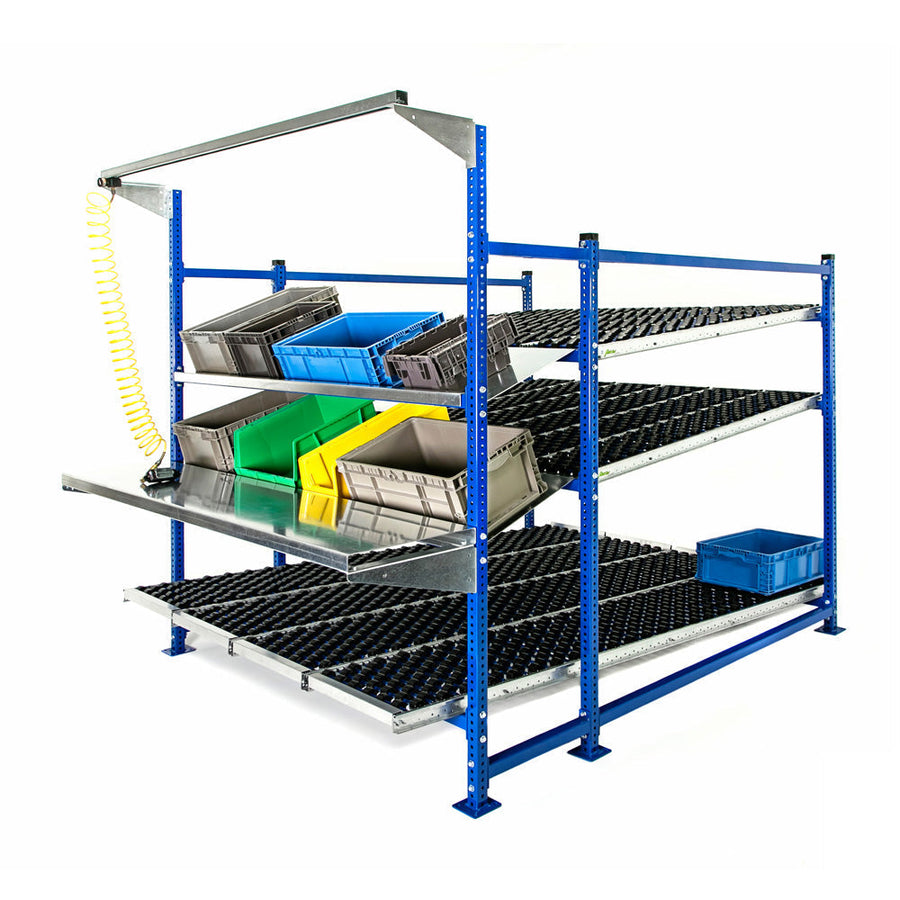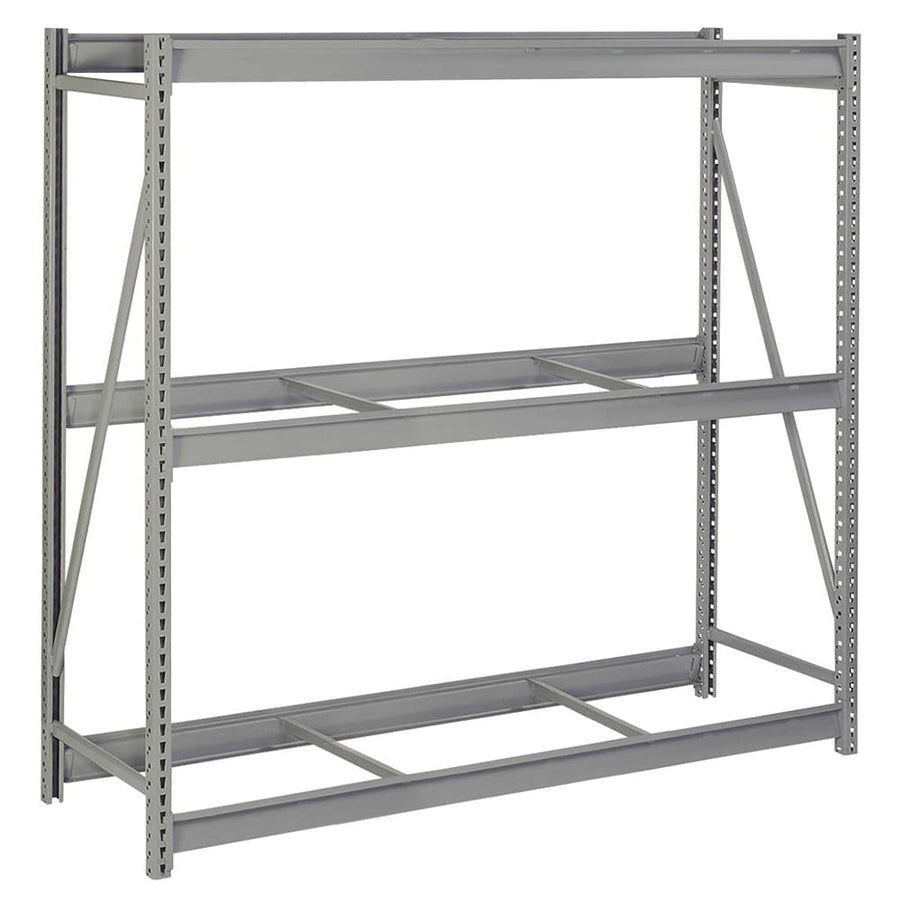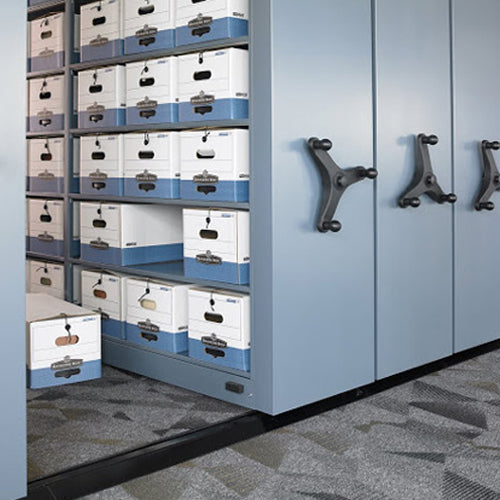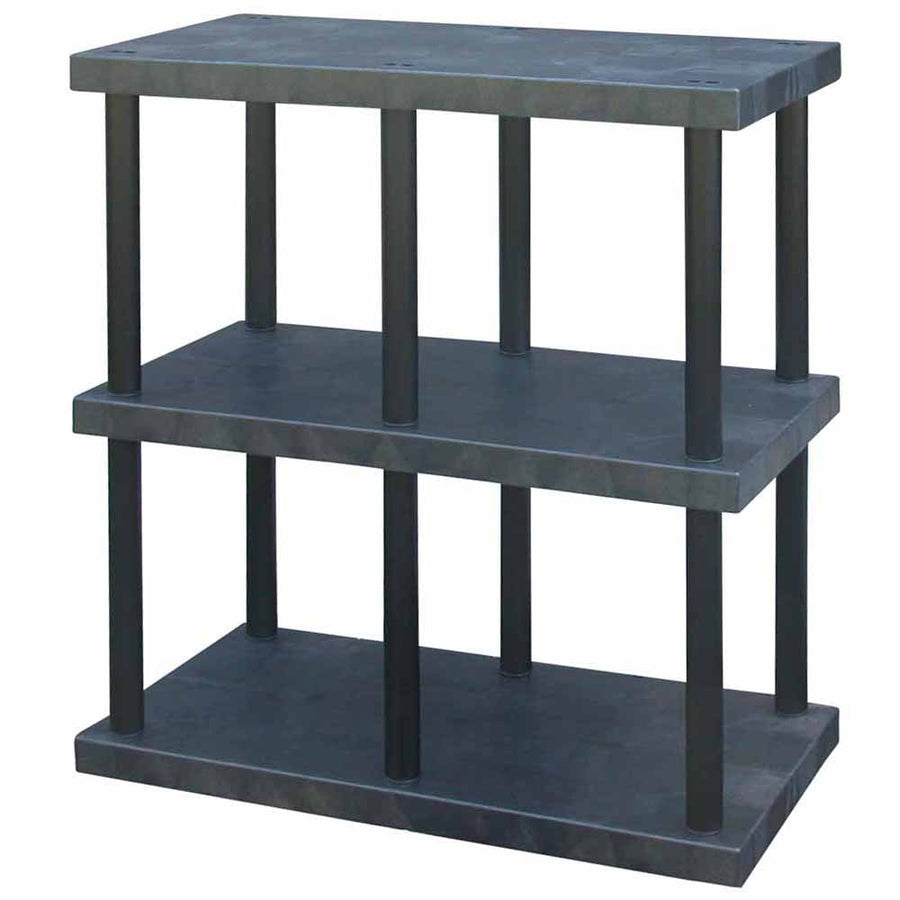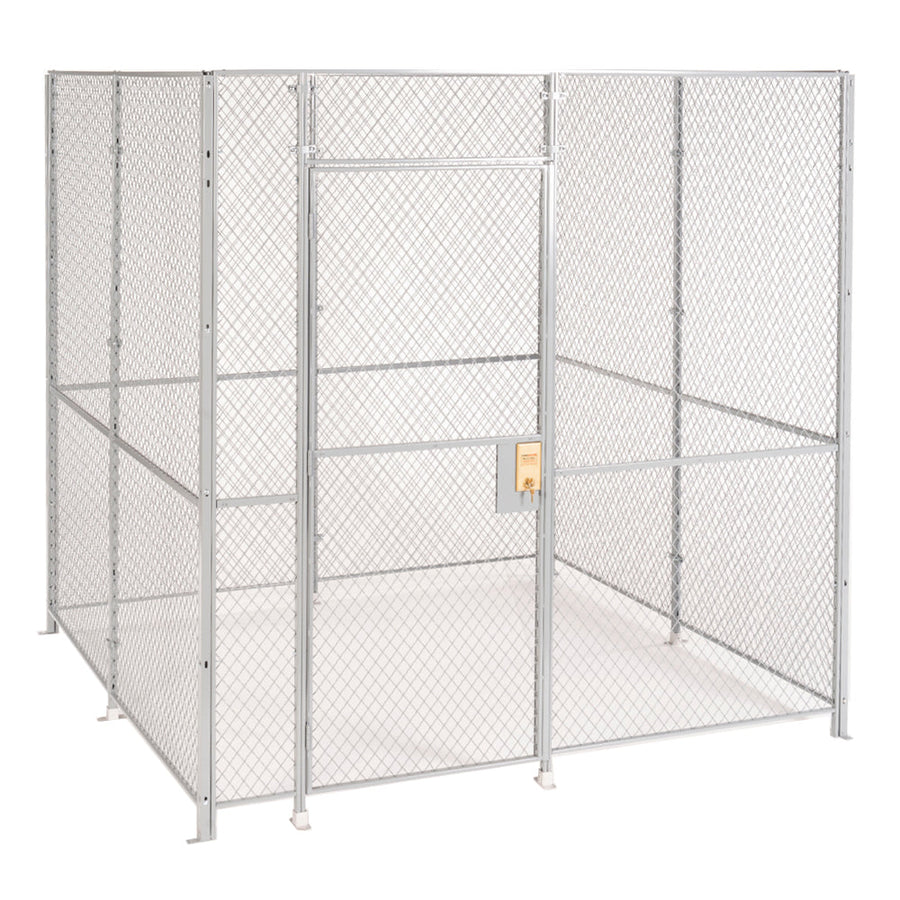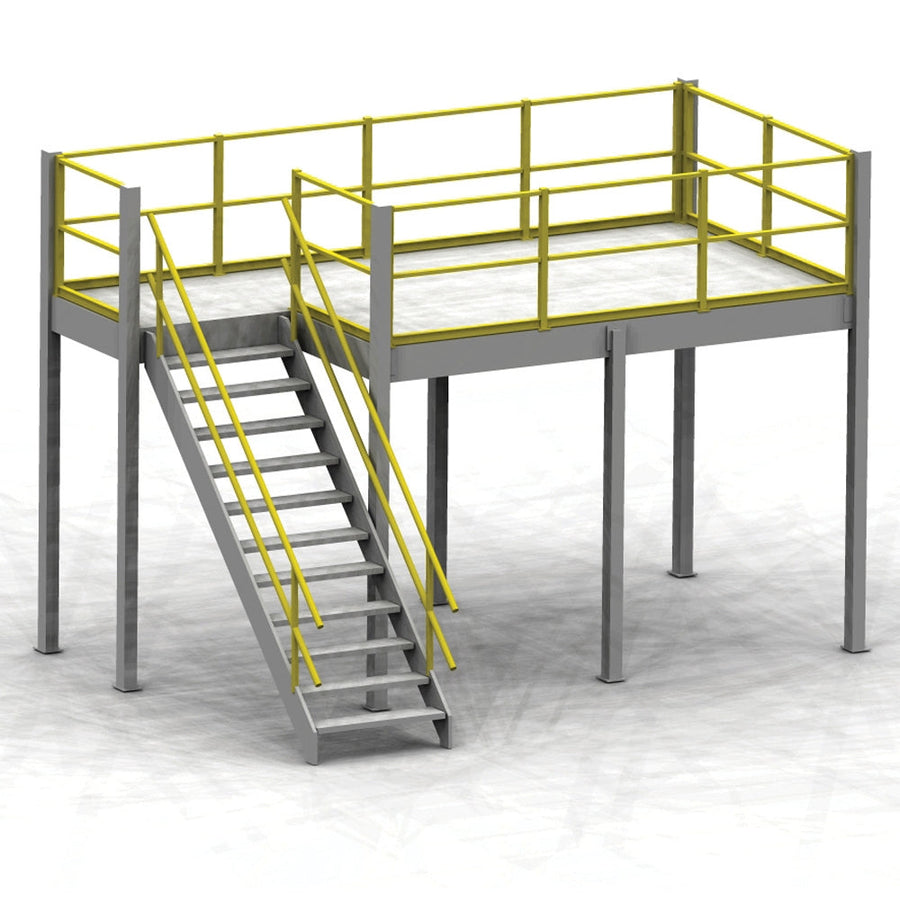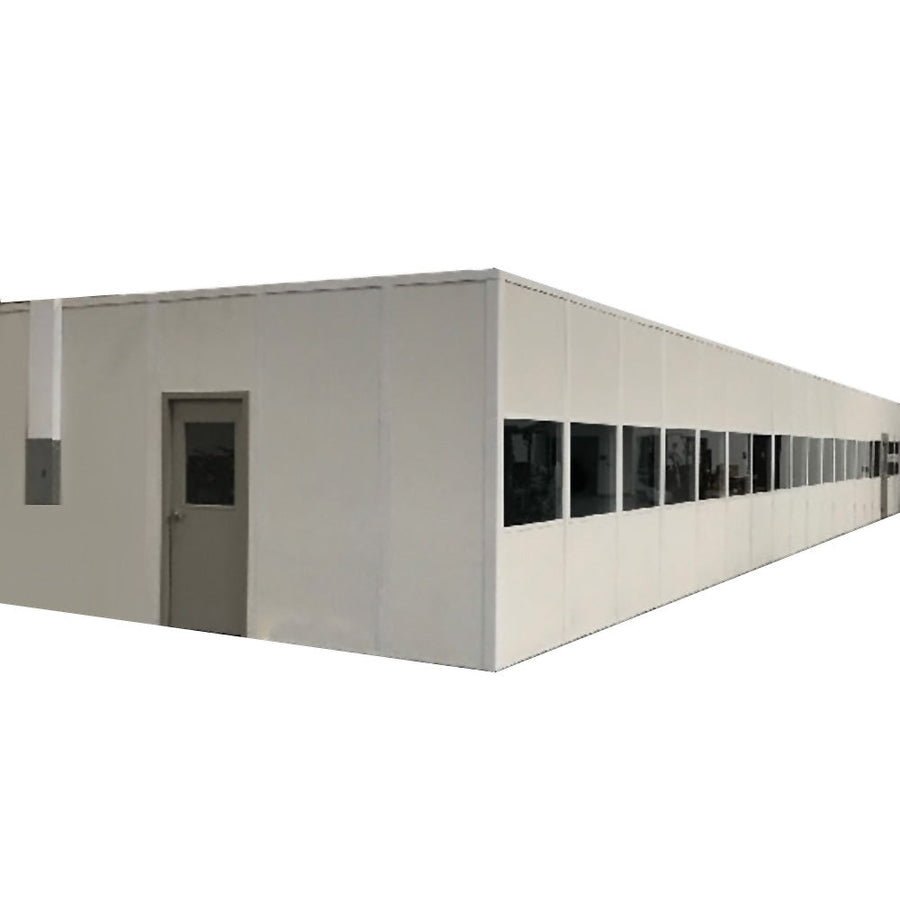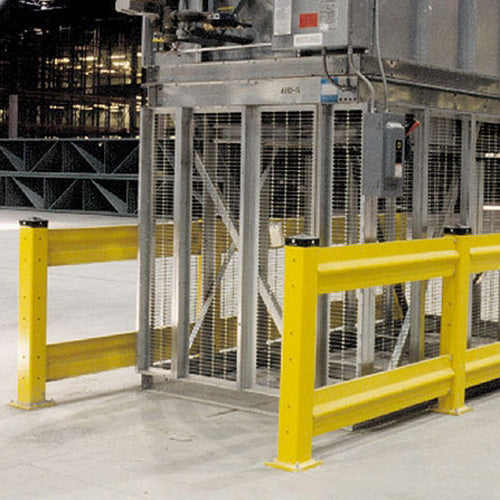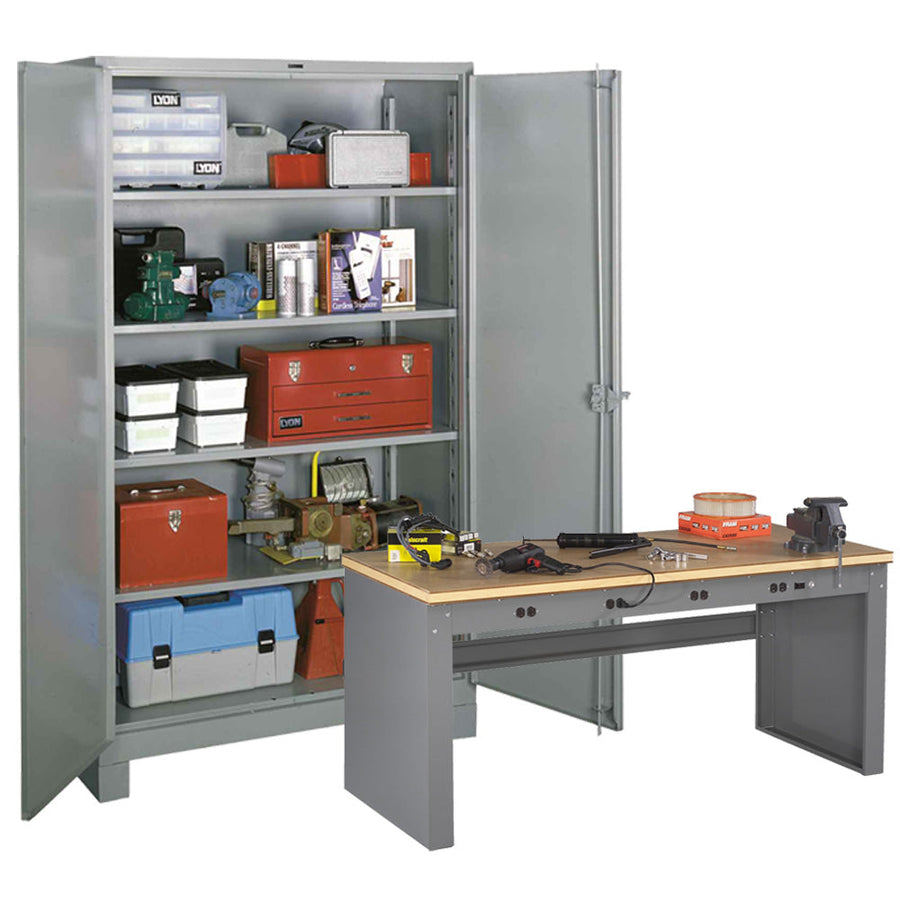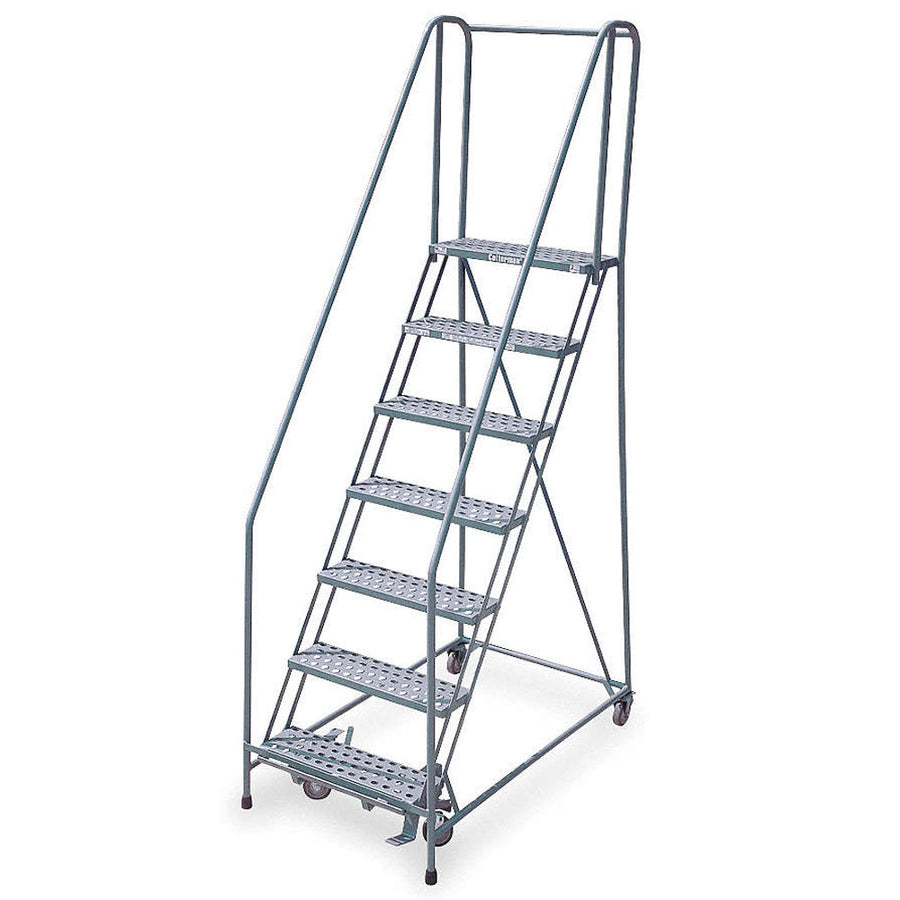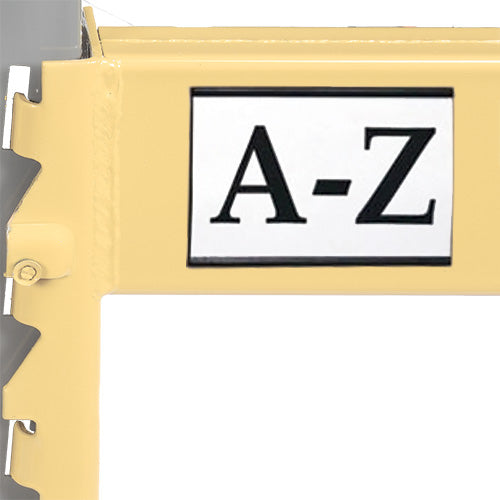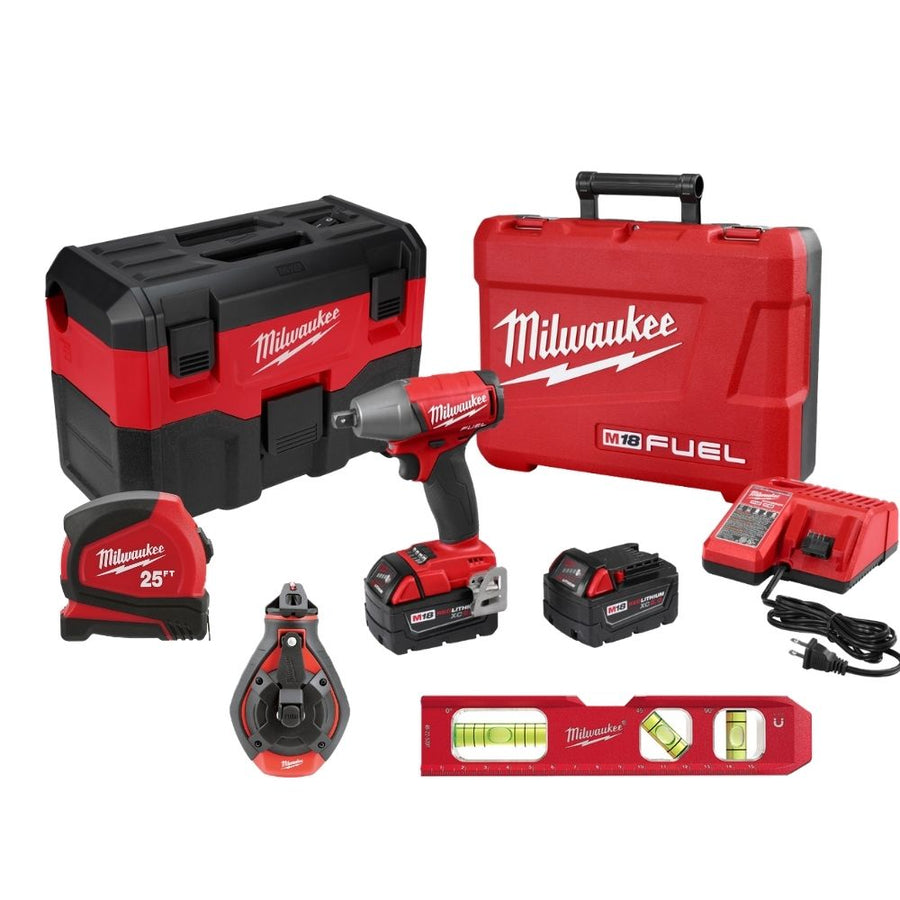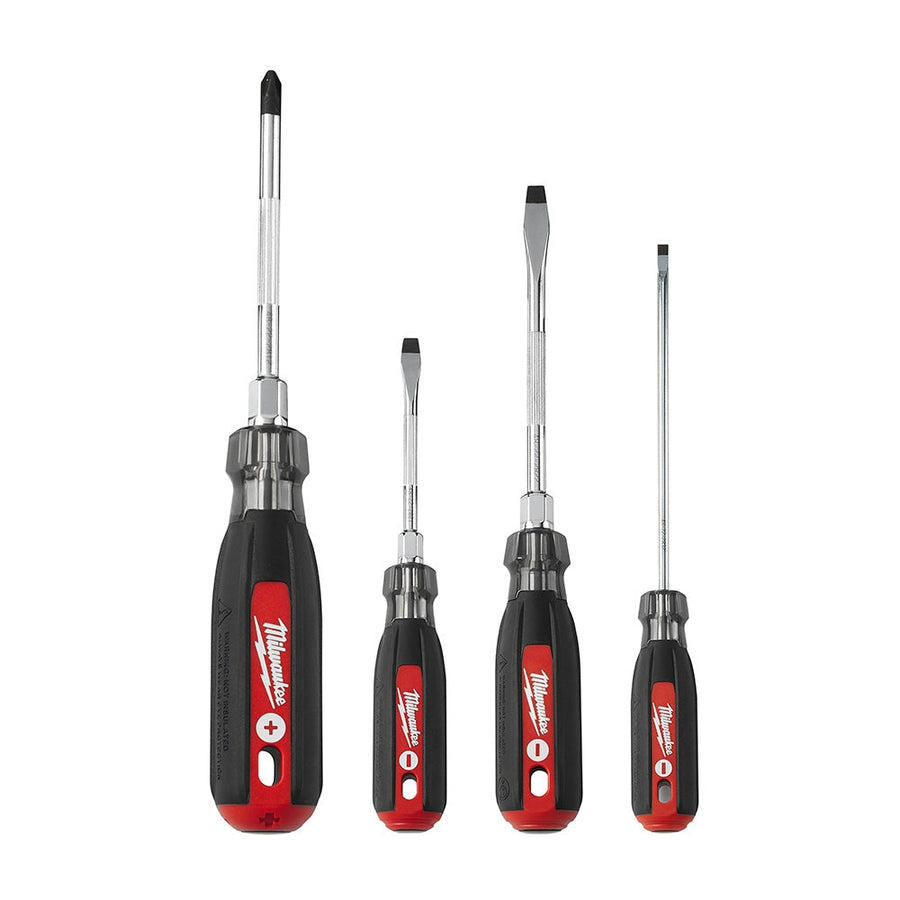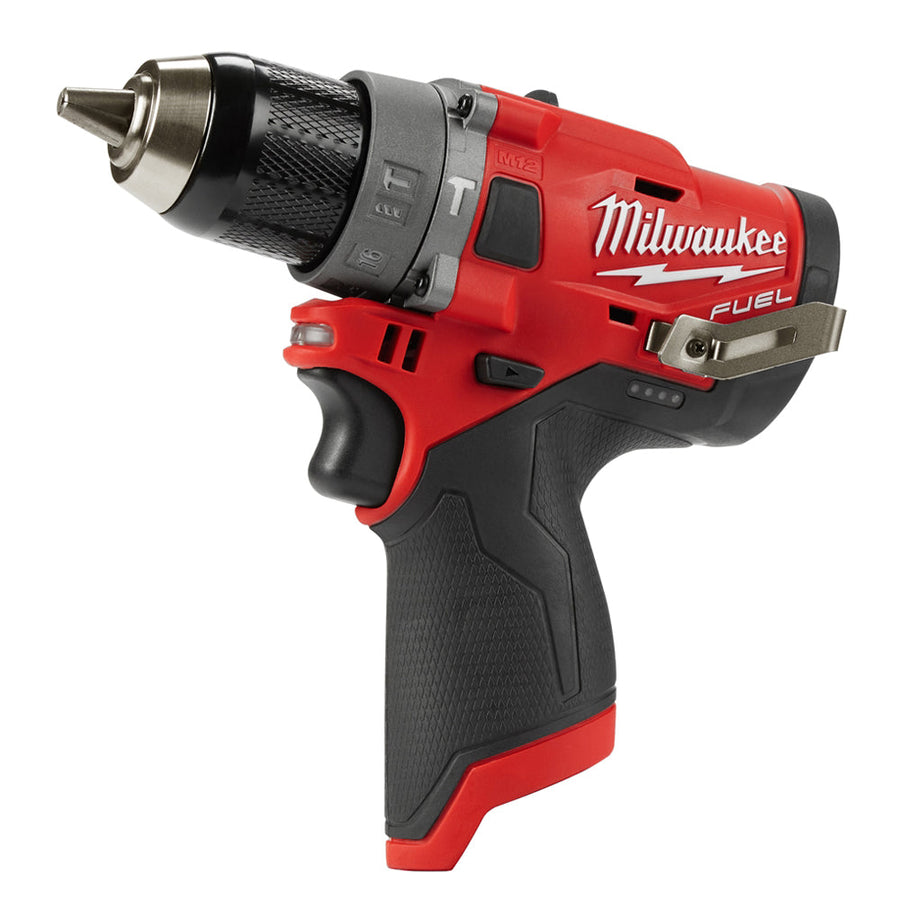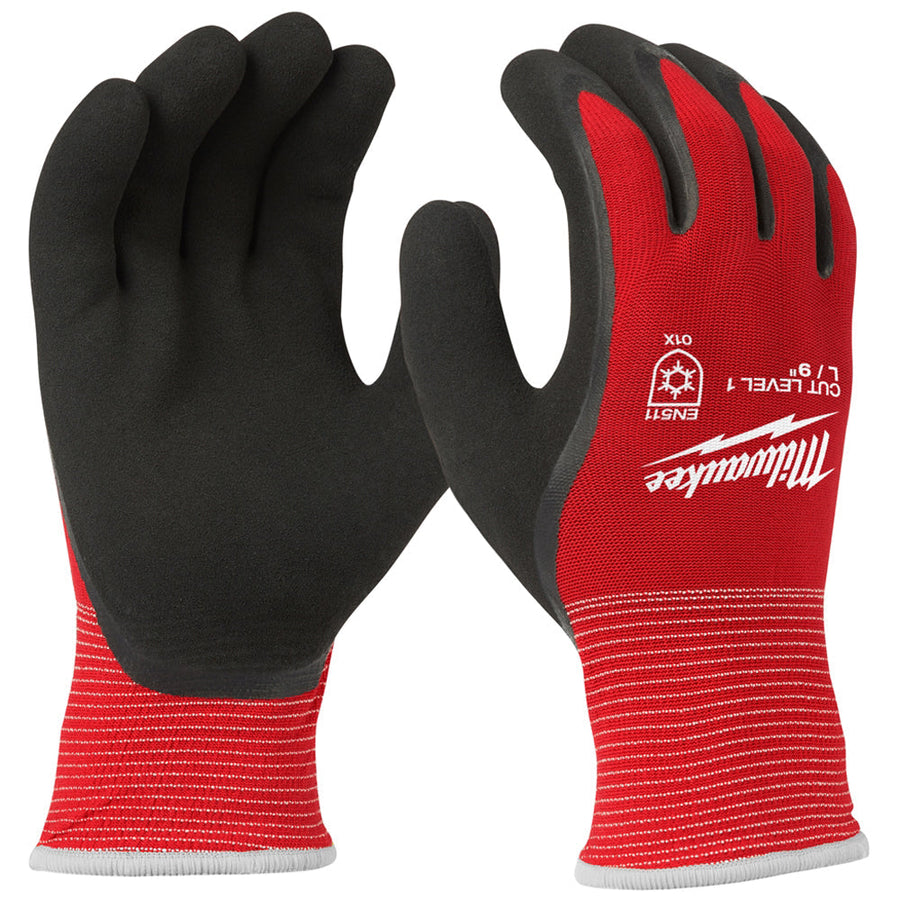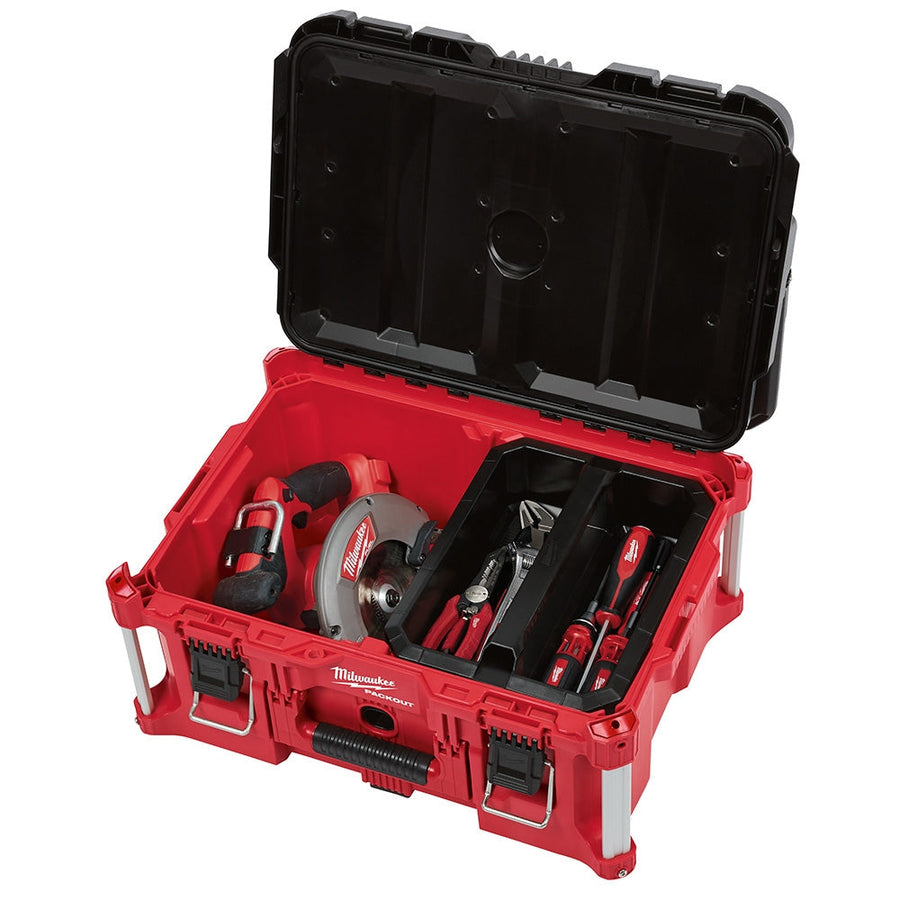In many ways, the warehousing industry has seen greater growth than perhaps any other industry in the modern era.
The rise of ecommerce, as well as the sudden boom in supply chain demand thanks to the COVID-19 pandemic, has led warehouses to see an era of growth and development unlike any seen before, even during times of strong economic growth in America.
This growth has required warehouses to adapt themselves to a rapidly changing marketplace, from the way they process orders to the design of the warehouses themselves. Warehouse design looks drastically different now than it did even five or ten years ago, and each of these changes has been aimed at one simple goal: improving warehouse efficiency.
Modern Warehouse Construction & Design
Flexible storageThe warehouse of today isn’t able to specialize as much as they used to. The ecommerce explosion means that warehouses these days need to be flexible enough to accommodate a variety of different goods, above and beyond the usual retail inventory.
Make sure your warehouse is equipped with enough flexible warehouse shelving to store a wide number of products. Keep enough pallet racking and industrial steel shelving around for dry goods like clothes and electronics, but make sure you can offer sterile pharmaceutical shelving, walk in freezer storage, and other types of shelving to help accommodate products you don’t normally store like food or medical goods.
Relocation towards population centers
Warehouse design goes beyond the actual layout of the building - even the location comes into play.
Warehouses, these days, have focused more on serving hyperlocal areas of greater population density, as opposed to the largely rural areas they used to call their home (the thinking being that a larger area would allow for more sprawl in warehouse design). Due to the increased demand for faster shipping times - largely spurred by Amazon Prime’s rise in popularity - warehouses have found greater success in the modern era by placing themselves closer to the geographic areas they tend to serve. If your shipping times find themselves increased by simply being too far from your customers, a move may be in order.
More space for higher inventory levels
Modern warehouses have begun to favor resiliency over efficiency in the supply chain, and inventory levels are a huge part of it.
As the COVID-19 pandemic taught us, supply chain disruptions can come from anywhere, and have left a lot of otherwise-thriving warehouses in the lurch. By keeping more space inside your current warehouse for overflow inventory - high-demand items, for example, or anything at risk of running out first - you can both better serve your customers and prevent issues along the supply chain.
Employee amenities - and safety
The warehousing employment pool has grown ever more competitive over the last few years, and making your warehouse as enticing as possible is a key factor in attracting and retaining talent.
Make sure your warehouse is equipped with the amenities and safety features that employees look for these days. Even after COVID-19, many workers still want a space where they know they can safely spread out and avoid too many bodies in one area to prevent the spread of any future germs or diseases. Above and beyond that, many modern warehouses have taken to offering upscale break rooms, kitchen access, better vending machines, and even the occasional TV for relaxing on shift breaks - all of which will help make your workplace more appealing.
By adopting these new trends early on, you can make your warehouse all the more successful and appealing to both clients and employees alike.


